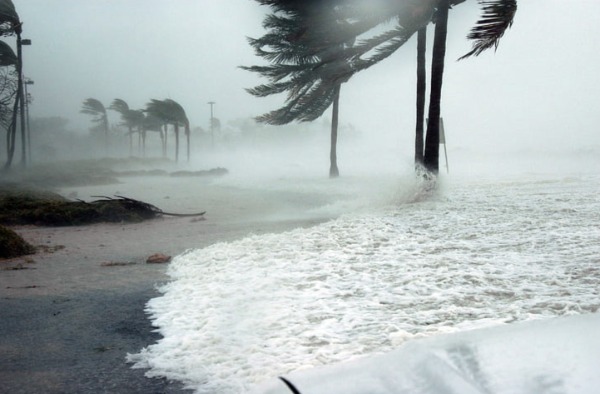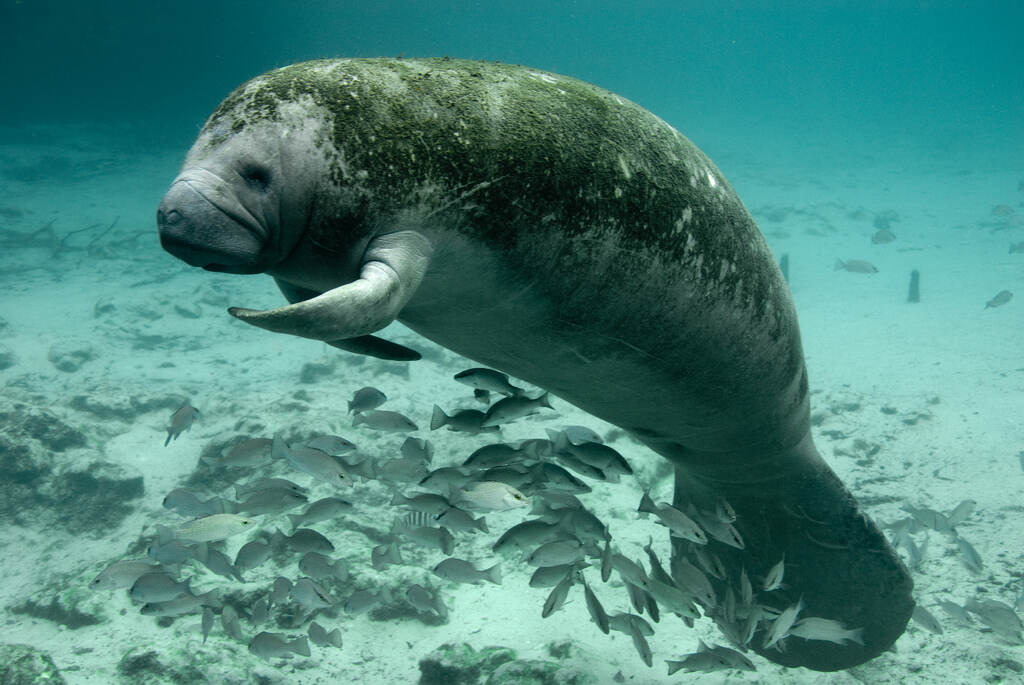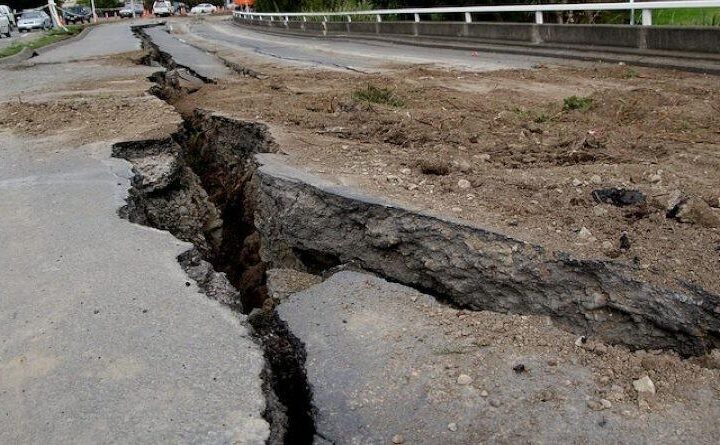The first tropical wave of the 2025 hurricane season is now moving west at 17 mph off Africa’s coast near Cabo Verde. While this distant system poses no immediate threat, Florida residents should prepare for a very wet week ahead.
Heavy rain is expected across Florida over the next 7-10 days. The National Weather Service warns South Florida could see 1-3 inches, with some spots getting up to 4 inches. Areas along the Treasure Coast might receive 3-5 inches. The west coast faces not only heavy rain but possibly severe thunderstorms with damaging winds and hail.
“The heaviest rain today is expected to be south of I-75, but there still remains a slight chance of flash flooding across all of the east coast metros,” the National Weather Service Miami reported on June 2.
AccuWeather meteorologists are watching closer to home for possible storm development. They’ve identified the western Caribbean, Gulf of America (formerly Gulf of Mexico), and Florida Straits as areas where conditions might support tropical development between June 7-12.
“Conditions may become favorable for a tropical depression or storm due to increased moisture and lower wind shear,” AccuWeather noted.
The National Oceanic and Atmospheric Administration (NOAA) predicts an above-normal hurricane season with 13-19 named storms expected. Six to 10 of these could strengthen into hurricanes, with 3-5 possibly becoming major hurricanes packing winds over 111 mph.
Similar Posts
“It takes only one storm near you to make this an active season for you,” warned Professor Michael Bell from Colorado State University.
Michael Brennan, director of NOAA’s National Hurricane Center, stressed that hurricane dangers extend far beyond coastal areas. “Hurricanes can have significant inland impacts. It’s important to get that message out to inland communities, especially in flood-prone areas, because that freshwater flooding has been such a significant source of fatalities in recent years.”
This warning follows the devastating impacts of last year’s Hurricane Helene, which killed more than 200 people with catastrophic inland flooding, and Hurricane Milton, which caused $34.3 billion in damage across southern Florida.
The Atlantic hurricane season runs through November 30, with peak activity typically occurring around September 10.

Forecasters note that Saharan dust currently moving across the Atlantic is helping suppress storm development for now. Historically, early-season storms form closer to the U.S. coast, while later storms often develop from tropical waves coming off Africa.
Meteorologists urge everyone in hurricane-prone areas to prepare emergency plans and supplies well before any storms approach.


















